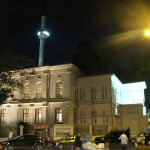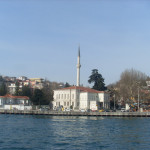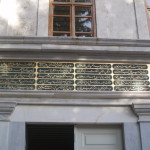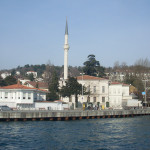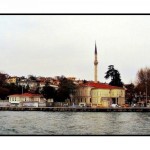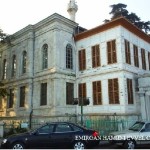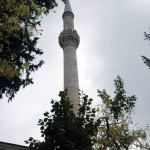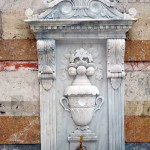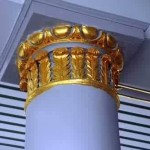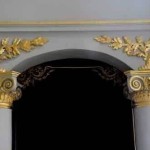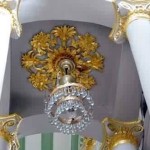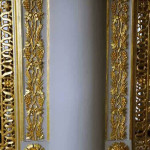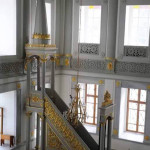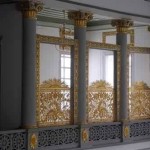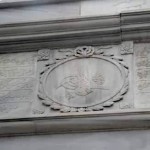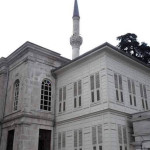Emirgan Hamid-i Evvel Camiisi (Mosque Emirgan Hamid-i Evvel)
The Emirgan Hamid-i Evvel Mosque - today commonly known as the Emirgan Mosque - was commissioned by Adülhamid I in 1781 in the memory of his son Mehmed, who died at a young age, and his wife Hümâşah.
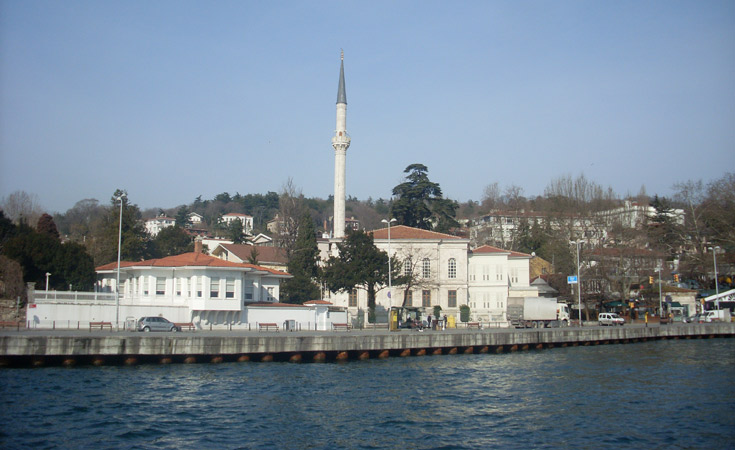
The Emirgan Hamid-i Evvel Mosque – commonly known today as the Emirgan Mosque – was commissioned by Adülhamid I in 1781 in memory of his son Mehmed, who died at a young age, and his wife Hümâşah. The mosque was constructed on the site of an impressive armory, which had been built by Emirgüneoğlu Yusuf Paşa. The structure we encounter today was actually rebuilt during the reign of Mahmud II. Of the original structure commissioned by Abdülhamid I, only the inscription survives.
The mosque, located in a wide courtyard, was built of cut stone. Built on a square plan, the mosque’s two rows of large windows provide interior lighting. Its one-tiered minaret is decorated with acanthus motifs and other decorative features.
Next to the mosque is the Hünkar Kasrı, or Ruler’s Summer House, which was built for the Sultan.
Mosque is a place of worship for Muslims. It comes from the Arabic word 'masjid' which literally means "a place for prostration". Mosques are also places where Muslims come together for different purposes such as education, social gatherings, public meetings, exhibitions, lectures etc. Although there is no specific requirement for mosques in terms of their architecture, one can see some common features inside and outside of many mosques such as minarets, domes, ablution areas, prayer niche (mihrab), pulpit (minbar) and so on.
Muslims are obliged to perform the ritual worship 5 times a day. They are not required to attend a mosque for each of these prayers however in order to interact with the community they are encouraged to pray in congregation. Friday noon is the only time in a week when Muslims must definitely join the congregational prayer in a mosque after which they can continue their work, education or other commitments.
Azan or the call for prayer is a vocal announcement that one can hear from minarets 5 times a day. The call to prayer is made live -even early in the morning- by a person called 'muazzin'. The muazzins are usually chosen from people with loud and beautiful voices and trained over years to make this announcement beautifully and invite people to worship.















